Strange weather can occur at any time, but some weather events throughout history have been particularly unusual. Some of these events involve extremely hot or cold temperatures in unthinkable environments while others have had more serious effects that have put people’s lives at risk.
Here are some of the wackiest weather events to have occurred throughout history.
Snow in the Sahara
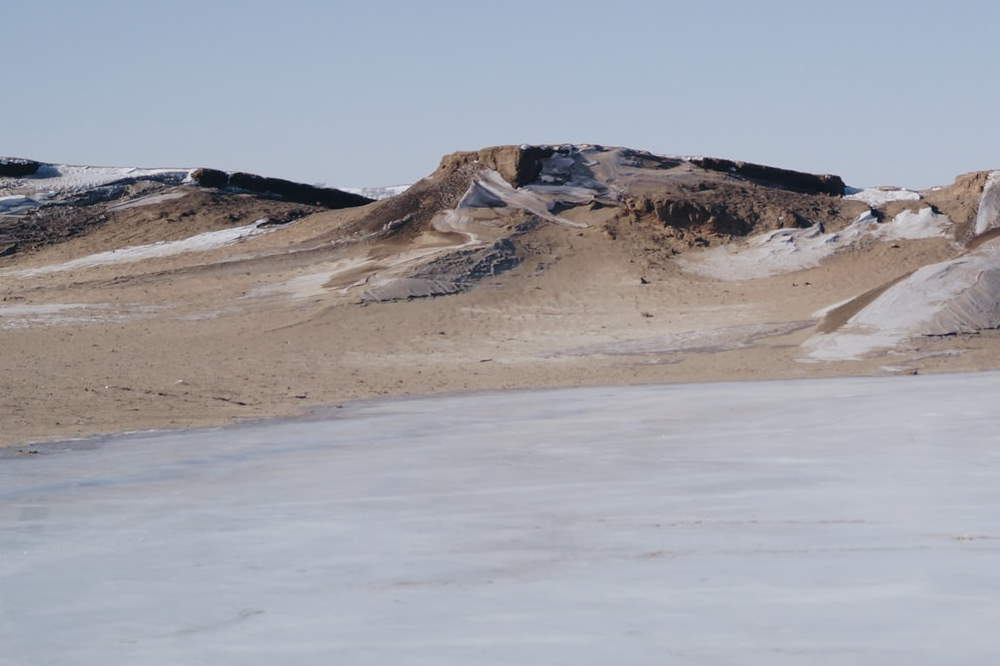
The Sahara Desert in North Africa is one of the hottest and driest places on the planet. Even rainfall here can be rare, but it can be especially eventful when snow falls on the desert sand. Snowfall in the Sahara has occurred on a few occasions, and one of the most eventful times was in 1979 when a snowstorm lasted for around 30 minutes. Snowfall was also reported in 2018.
An Alaskan Heatwave
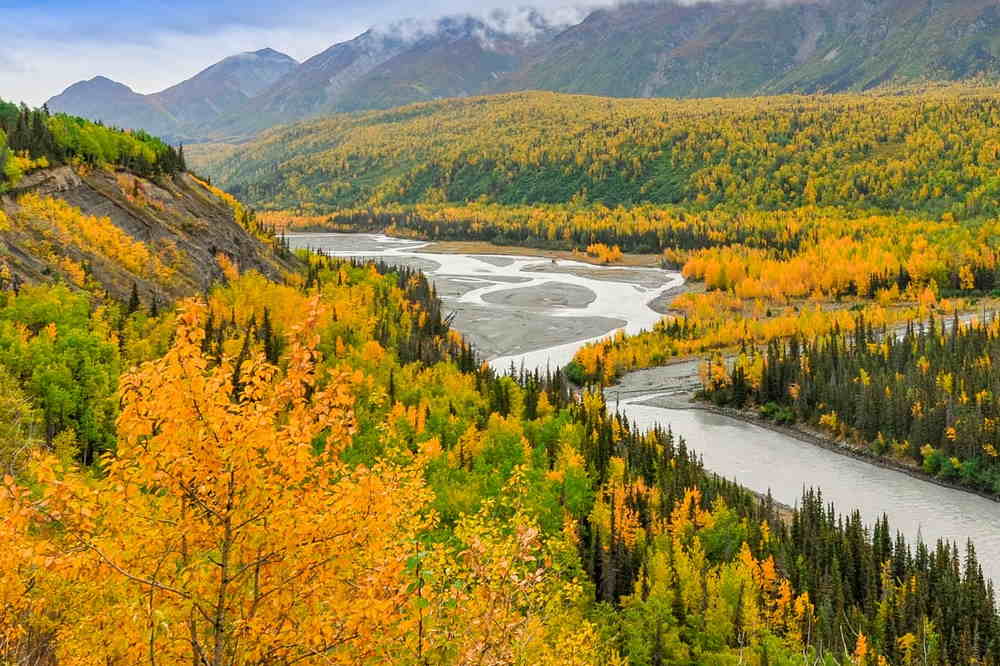
Alaska is known for its cold temperatures and snowy and icy conditions that are omnipresent throughout much of the year, so it was a huge surprise to residents when a heatwave hit the state in July 2019. The entire month was the hottest July in the state’s history, and the heatwave broke many longstanding records in several Alaskan cities. The temperature reached 90 degrees Fahrenheit on the 4th of July, and this heat extended to several other parts of the state.
A Hurricane in Europe
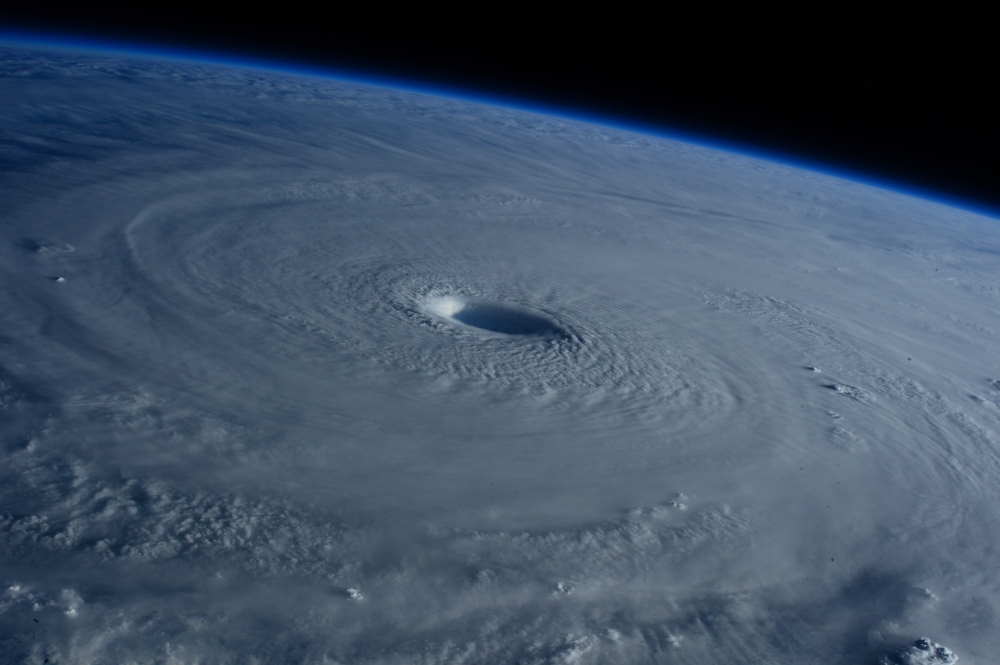
Even though Hurricane Vince had weakened to a tropical depression by the time it reached mainland Spain in 2005, it still brought unusually high winds to the region but only one to two inches of rain in most parts of the country that were in the storm’s path. It was the strongest windstorm to hit Spain since 1842 and brought winds that peaked at speeds of 75 miles per hour. Fortunately, no fatalities and only minor damage were reported from the storm. Many Spaniards welcomed the extra rain from the storm that brought relief to the country’s drought-stricken areas.
A Massive Dust Storm in the Midwest
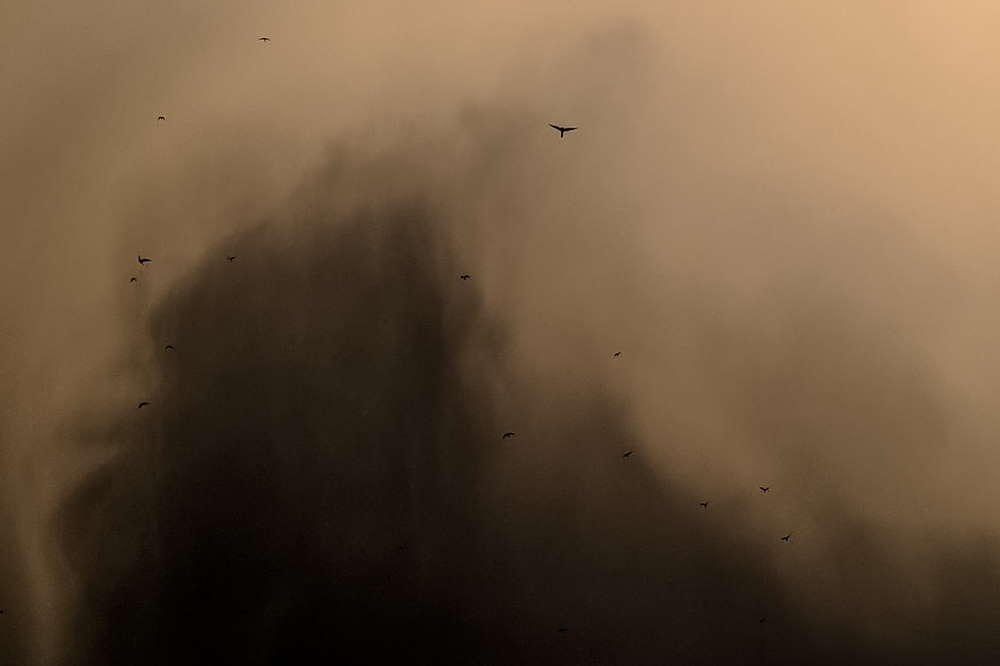
The Dust Bowl, which is a tragic event in American history that caused a major drought and killed off numerous crops on farms, was started by a massive dust storm in 1935. The storm brought thick dust clouds to Oklahoma and Texas that darkened the sky and made visibility nearly impossible. Numerous crops and livestock were killed in its wake. The dust was brought in by winds with speeds that averaged 60 miles per hour. Other dust storms that added to the problems followed, but this first major dust storm in the region set the stage for what would be one of America’s grimmest chapters.
The Little Ice Age
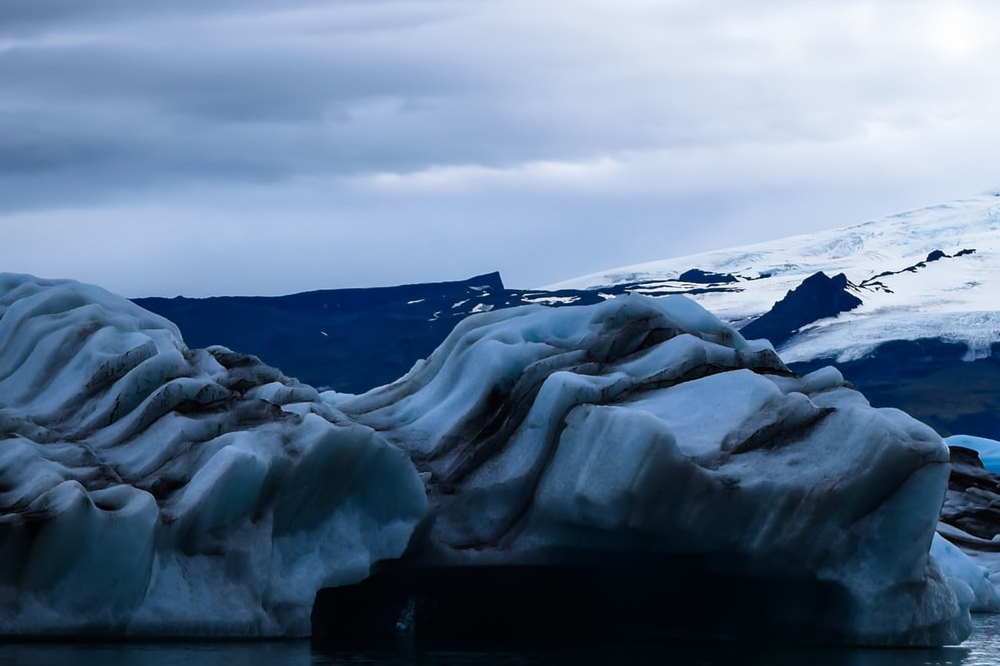
From the 16th through 19th centuries, the world experienced what was dubbed the Little Ice Age. Lower than normal temperatures occurred throughout much of this period, which followed the Medieval Warm Period when temperatures remained higher. The cold temperatures during the Little Ice Age caused the Baltic Sea to freeze over twice. Early European settlers on the North American continent also saw bitterly cold winters during this time.
World’s Longest Lightning Strike

Scientists have confirmed that the longest lightning strike in the world to ever be recorded occurred over the skies of Brazil. The lightning was recorded to have a length of 440 miles long, which is roughly the distance between Boston and Washington, DC. What makes the record even more impressive (and eerie) is that the lightning strike occurred on Halloween in 2018. Fortunately, there was no reported damage from the lightning.
A Deadly Hailstorm
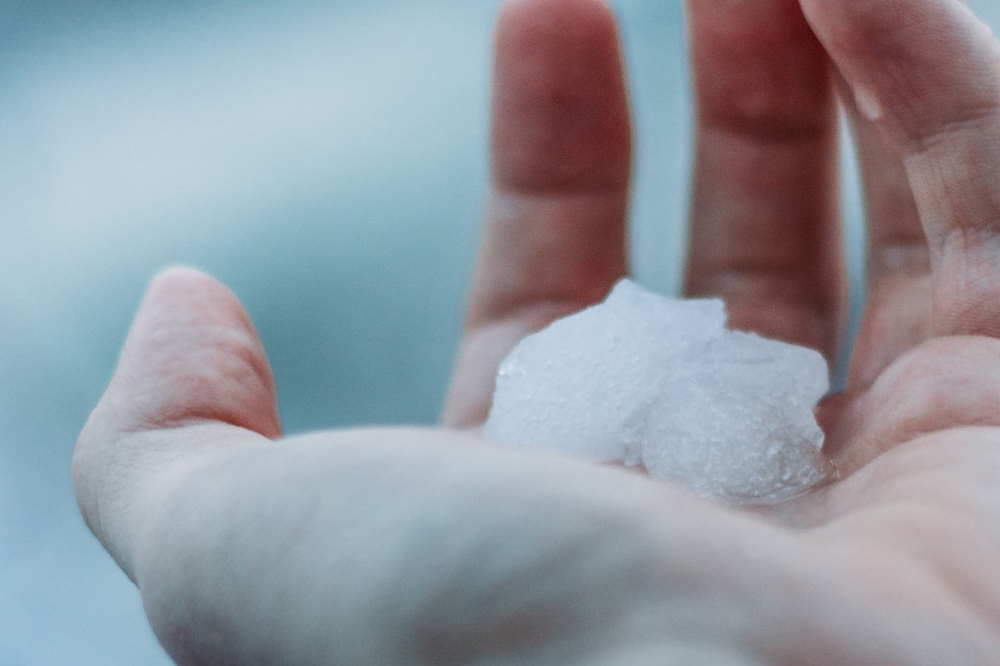
The deadliest hailstorm ever to be recorded happened in India in 1888. The event occurred in the Moradabad district and killed 246 people. Large numbers of cattle and sheep were also killed during the storm. The hailstones were described as being as big as goose eggs, oranges and even cricket balls. Hailstone accumulations on the ground were as high as two feet in some places. By contrast, only three people in the U.S. are known to have been killed by hailstorms in modern history.
Blood Rain in Italy

There have been several reports of “blood rain” throughout history, but one of the most notable cases occurred in 1803 in Apulia, Italy. The red raindrops led some people to believe that blood was actually falling from the sky. Giuseppe Maria Giovene, an established naturalist and geologist, theorized that the bloody appearance of the rain was actually volcanic matter from explosions on Mount Etna or Vesuvius that mixed with the raindrops. Another theory of his suggests that the rain’s red color was caused by sand from the Sahara Desert that had blown across the Mediterranean Sea. Other occurrences of “blood rain” were recorded in Germany in 1348 and England in 1552.
Raining Fish in Singapore

In 1861, Singapore experienced nature’s wrath that included an earthquake followed by three days of torrential rain. In the wake of the rainstorms, locals noticed puddles with dead fish in them on the land. Many people believed that the fish had fallen from the heavens. Francis de Castelnau, a notable French naturalist of the time, theorized that a waterspout had sucked up fish from a nearby river and brought them farther inland.




Comments
0 comments